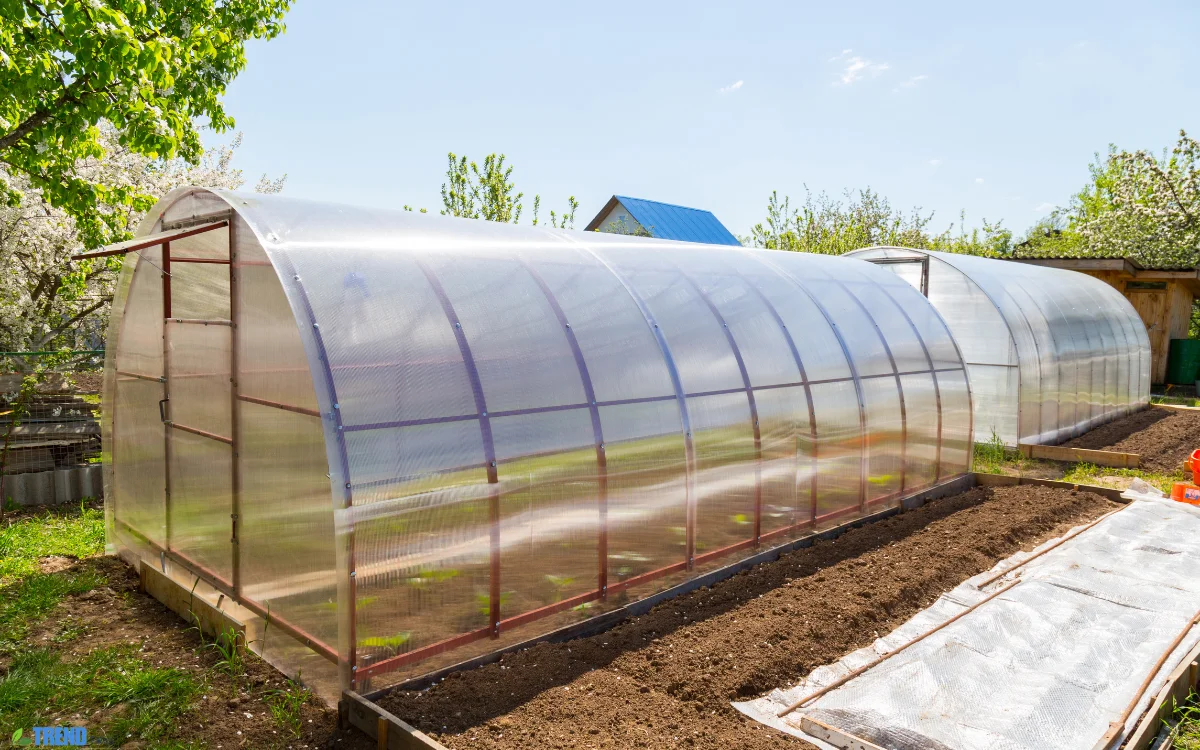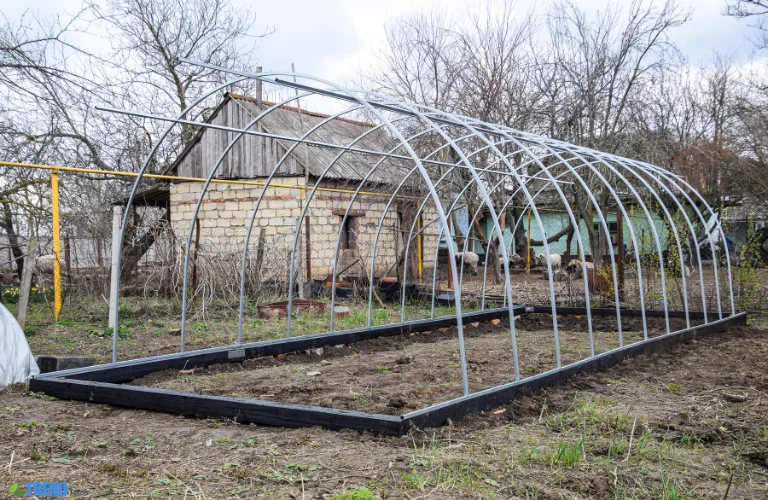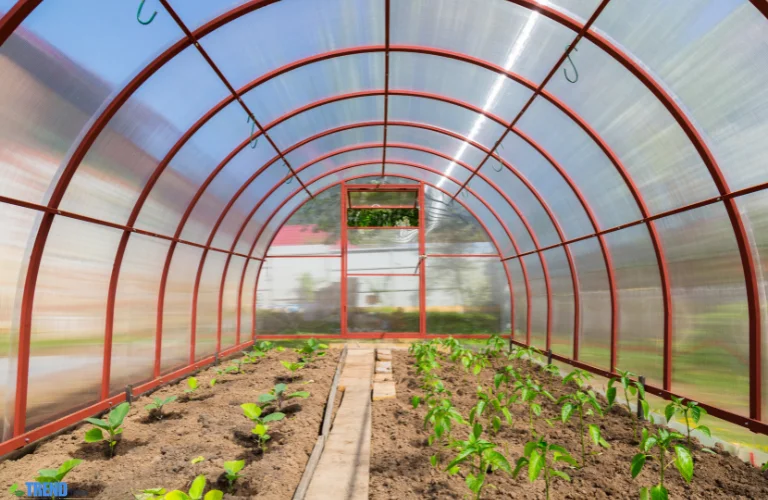Garden Arch: A Timeless Statement for Your Outdoor Space

A garden arch is more than just a decorative element it’s a functional and elegant addition to any outdoor space. Whether you’re designing a romantic walkway, framing a garden entrance, or supporting climbing plants, a garden arch adds structure, charm, and visual interest. In this guide, we’ll explore the benefits, types, installation tips, creative ideas, maintenance strategies, and answer common questions to help you integrate a garden arch beautifully into your landscape.
Why a Garden Arch is a Must-Have in Your Garden
Creates a Stunning Focal Point
The potential of a garden arch to provide a visually arresting focal point is one of its main benefits. Whether placed at the beginning of a pathway or in the middle of a flowerbed, it naturally draws the eye and invites visitors to explore the garden further. It adds drama and romance, making even the simplest spaces feel special.
Adds Height and Dimension
In flat or open gardens, height can be hard to achieve. A garden arch adds height and dimension to your space, enhancing its visual depth and structure. It defines lines, breaks up large spaces, and enhances the visual appeal without needing major landscaping changes.
Supports Climbing Plants
A well-placed garden arch is ideal for supporting climbing roses, clematis, honeysuckle, sweet peas, or even grapevines. These plants add color, fragrance, and texture, turning a basic structure into a lush, flowering display throughout the seasons.
Enhances Garden Themes
Whether you’re designing a formal English garden, a whimsical cottage garden, or a modern minimalist space, a garden arch can complement your chosen theme. It can be styled to look rustic, romantic, or sleek depending on its material and placement.
Types of Garden Arches to Consider
Wooden Garden Arch
A wooden garden arch brings a touch of rustic beauty and natural elegance to your outdoor area. It complements natural greenery perfectly and can be painted or stained to suit your landscape design. Cedar and pressure-treated wood are commonly chosen for their long-lasting durability. However, wooden structures require frequent maintenance to prevent decay and pest damage.
Metal Garden Arch
Sturdy and elegant, metal arches are perfect for a classic or contemporary garden. Powder-coated steel or wrought iron versions offer longevity and can support heavier climbing plants. Metal arches are typically low maintenance and can withstand various weather conditions without fading or warping.
Vinyl or Plastic Garden Arch
Lightweight and easy to install, vinyl garden arches are a popular choice for casual gardeners. They are resistant to rot and insect damage and don’t need painting or sealing. Vinyl arches are available in classic white and can mimic traditional wood designs without the upkeep.
DIY Options
If you’re on a budget or enjoy crafting, you can build a garden arch yourself using materials like bamboo poles, copper pipes, or reclaimed wood. DIY arches allow for customization in size, shape, and finish, making them ideal for creative gardeners who want a personalized touch.
Where and How to Install a Garden Arch
Ideal Placement
Install your garden arch where it will have the most visual and functional impact. Great options include:
-
The entrance to your garden
-
Along a path or walkway
-
Over a bench or garden seating
-
Between garden zones as a room divider
-
Near flowerbeds or vegetable patches
Installation Tips
-
Level the Ground: Ensure the soil beneath is flat and firm to provide stability.
-
Anchor Securely: Use metal spikes or concrete footings to prevent shifting or tipping over, especially in windy areas.
-
Consider Sunlight: Place your arch where climbing plants will get enough sunlight for optimal growth.
-
Symmetry Matters: If using more than one arch, align them properly to create balance and harmony in your garden layout.
Creative Ideas for Using a Garden Arch
Wedding or Event Backdrop
A flower covered garden arch makes a romantic and picturesque setting for weddings, vow renewals, or garden parties. Decorate it with fresh flowers, tulle, or fairy lights to match your theme and create memorable photo moments.
Vertical Vegetable Garden
Who says arches are just for flowers?Grow climbing vegetables such as cucumbers, beans, or squash using a garden arch. It helps maximize space, improves airflow, and makes harvesting easier all while adding a beautiful, edible touch to your landscape.
Seasonal Displays
Change up your arch with the seasons. In spring, adorn it with blooming tulips and cascading wisteria. In summer, fill it with roses or sweet peas. Come autumn, wrap it in gourds, corn stalks, or fall leaves. Decorate it for the holidays with wreaths, garlands, and twinkling string lights to create a festive look.
Pathway Feature
Create the illusion of a tunnel by positioning several garden arches along a route. This technique is visually striking and adds an immersive feel to your garden. It works beautifully in larger gardens or public spaces to guide visitors from one section to another.
Maintenance Tips for a Long-Lasting Garden Arch
Take time each year to thoroughly inspect and clean your garden arch to keep it in top condition.
Regularly inspect your garden arch for signs of wear, such as loose pieces, rust, degradation, or damage. Identifying issues early ensures safety and extends the structure’s durability.
Clean Annually
For wooden arches, use a wood-safe cleaner. A mild soap and water mixture is effective for cleaning dirt and debris from metal or vinyl.
Reapply Protective Coatings
Wooden arches should be resealed or stained every couple of years to resist weathering. Metal arches may need rustproof coating touch ups, especially if located in humid or coastal areas.
Prune Climbing Plants
Keep vines and flowers trimmed to prevent overgrowth. Effective pruning promotes vibrant blooms, improves air circulation, and helps prevent disease.
Conclusion
A garden arch is a beautiful and practical feature that enhances any outdoor space. From supporting climbing plants to creating enchanting walkways, it brings structure and personality to your landscape.With thoughtful placement, the right materials, and proper maintenance, it can become the standout centerpiece of your garden design. Whether you’re going for romantic charm or functional beauty, this timeless element never fails to impress. It’s an investment that adds value, style, and joy to your gardening journey.
FAQs about Garden Arch
Q1: How tall should an arch be?
Most garden arches range from 6 to 8 feet tall to allow comfortable passage and ample plant growth. Choose one that suits the scale of your garden and plants.
Q2: Can I install a garden arch on a patio?
Yes, you can. Use heavy planters or anchor kits to secure the arch if it’s placed on hard surfaces like patios or concrete. Freestanding arches are also an option with added weights.
Q3: What plants grow best on an arch?
Ideal climbing plants include clematis, roses, jasmine, honeysuckle, morning glory, sweet peas, and wisteria. Select based on sun exposure, soil type, and your climate zone.
Q4: Is a permit needed to install?
In most residential settings, no permit is required. However, it’s wise to check with your local building authority if you live in a zone with strict landscaping regulations.
Q5: Can I build one myself?
Yes, DIY arches can be made from wood, metal, or PVC. With some basic tools and measurements, you can create a custom design that matches your garden’s needs and style.


Post Comment